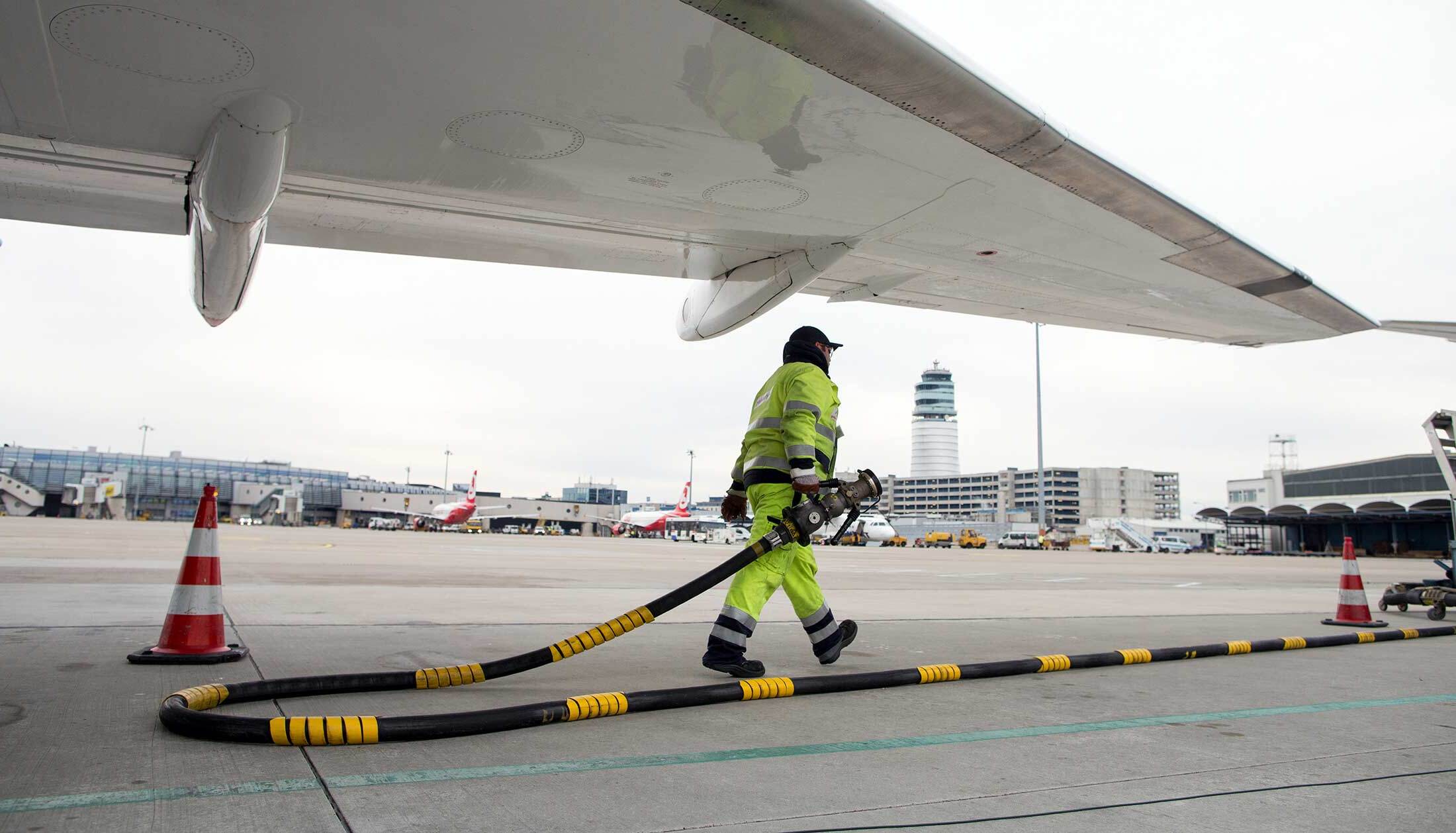
Fuel-efficient aircraft are changing the way we think about air travel. These planes use advanced technology to reduce fuel consumption, which helps save money and protect the environment. But what makes these aircraft so special? Fuel-efficient aircraft often feature lighter materials, improved aerodynamics, and more efficient engines. They also incorporate cutting-edge designs that minimize drag and maximize performance. Airlines benefit from lower operating costs, while passengers enjoy quieter, smoother flights. Curious about how these marvels of engineering achieve such impressive results? Let’s dive into 25 fascinating facts that highlight the incredible advancements in fuel-efficient aircraft technology.
The Evolution of Fuel-Efficient Aircraft
Fuel-efficient aircraft have transformed aviation. These planes save money, reduce emissions, and make air travel more sustainable. Here are some fascinating facts about these technological marvels.
-
The Boeing 787 Dreamliner uses 20% less fuel than similar-sized planes, thanks to its lightweight composite materials and advanced aerodynamics.
-
Airbus A350 XWB boasts a 25% reduction in fuel burn compared to previous-generation aircraft, achieved through innovative wing design and efficient engines.
-
The Bombardier CSeries, now known as the Airbus A220, offers a 20% fuel efficiency improvement over older models, making it a popular choice for short-haul flights.
-
The Pratt & Whitney Geared Turbofan engine, used in several modern aircraft, reduces fuel consumption by 16% through a unique gear system that allows the fan to spin slower than the turbine.
-
Blended wing body designs, like the proposed Boeing X-48, promise even greater fuel efficiency by reducing drag and increasing lift.
Technological Innovations Driving Efficiency
Advancements in technology play a crucial role in making aircraft more fuel-efficient. These innovations range from engine improvements to aerodynamic enhancements.
-
Winglets, the upward-curved extensions at the tips of wings, reduce drag and improve fuel efficiency by up to 5%.
-
Laminar flow technology, which smooths airflow over the wings, can cut fuel consumption by up to 10%.
-
Advanced materials like carbon fiber composites are lighter and stronger than traditional aluminum, reducing aircraft weight and fuel burn.
-
The use of biofuels in aviation is growing, with some airlines achieving up to an 80% reduction in carbon emissions compared to conventional jet fuel.
-
Electric and hybrid-electric propulsion systems are being developed, promising significant fuel savings and lower emissions for future aircraft.
Airline Strategies for Fuel Efficiency
Airlines adopt various strategies to enhance fuel efficiency, from optimizing flight paths to investing in newer, more efficient aircraft.
-
Continuous descent approaches, where planes descend gradually rather than in steps, save fuel and reduce noise pollution.
-
Lighter seats and cabin materials help airlines reduce aircraft weight, leading to lower fuel consumption.
-
Airlines use advanced flight planning software to find the most fuel-efficient routes and altitudes.
-
Some airlines employ single-engine taxiing, where only one engine is used while taxiing on the ground, saving fuel.
-
Regular engine maintenance and cleaning improve fuel efficiency by ensuring engines run at peak performance.
Environmental Impact and Sustainability
Fuel-efficient aircraft contribute significantly to reducing the environmental impact of aviation. These efforts are crucial for a sustainable future.
-
Modern aircraft produce up to 50% less CO2 per passenger kilometer than older models.
-
Noise reduction technologies in fuel-efficient aircraft help minimize the impact of aviation on communities near airports.
-
Airlines are increasingly committed to carbon offset programs, investing in projects that reduce or capture CO2 emissions.
-
The International Air Transport Association (IATA) aims for a 50% reduction in net aviation CO2 emissions by 2050, compared to 2005 levels.
-
Sustainable aviation fuels (SAFs) are being developed from renewable sources like algae and waste oils, offering a greener alternative to traditional jet fuel.
Future Prospects for Fuel-Efficient Aircraft
The future of fuel-efficient aircraft looks promising, with ongoing research and development aimed at further reducing fuel consumption and emissions.
-
NASA's X-57 Maxwell is an experimental electric aircraft designed to demonstrate the potential of electric propulsion for reducing fuel use and emissions.
-
The Airbus ZEROe project aims to develop the world's first zero-emission commercial aircraft by 2035, using hydrogen as a primary power source.
-
Supersonic jets like Boom Supersonic's Overture are being designed with fuel efficiency in mind, potentially revolutionizing long-haul travel.
-
Autonomous aircraft technology could optimize flight operations and reduce fuel consumption through precise control and real-time adjustments.
-
The development of ultra-efficient engines, such as Rolls-Royce's UltraFan, promises a 25% improvement in fuel efficiency over current engines.
The Future of Fuel-Efficient Aircraft
Fuel-efficient aircraft are changing aviation. These planes use less fuel, cut costs, and help the environment. Airlines save money, passengers get cheaper tickets, and the planet benefits from fewer emissions. Innovations like lightweight materials, better engines, and improved aerodynamics make these planes possible.
As technology advances, expect even more efficient designs. Electric and hybrid planes might become common. This shift means cleaner skies and quieter flights.
Understanding these facts shows how important fuel-efficient aircraft are. They represent progress in travel and environmental care. Next time you fly, think about the technology making your trip greener and more affordable.
Fuel-efficient aircraft are not just a trend; they're the future of aviation. Embrace the change and look forward to a better, cleaner way to fly.
Was this page helpful?
Our commitment to delivering trustworthy and engaging content is at the heart of what we do. Each fact on our site is contributed by real users like you, bringing a wealth of diverse insights and information. To ensure the highest standards of accuracy and reliability, our dedicated editors meticulously review each submission. This process guarantees that the facts we share are not only fascinating but also credible. Trust in our commitment to quality and authenticity as you explore and learn with us.


